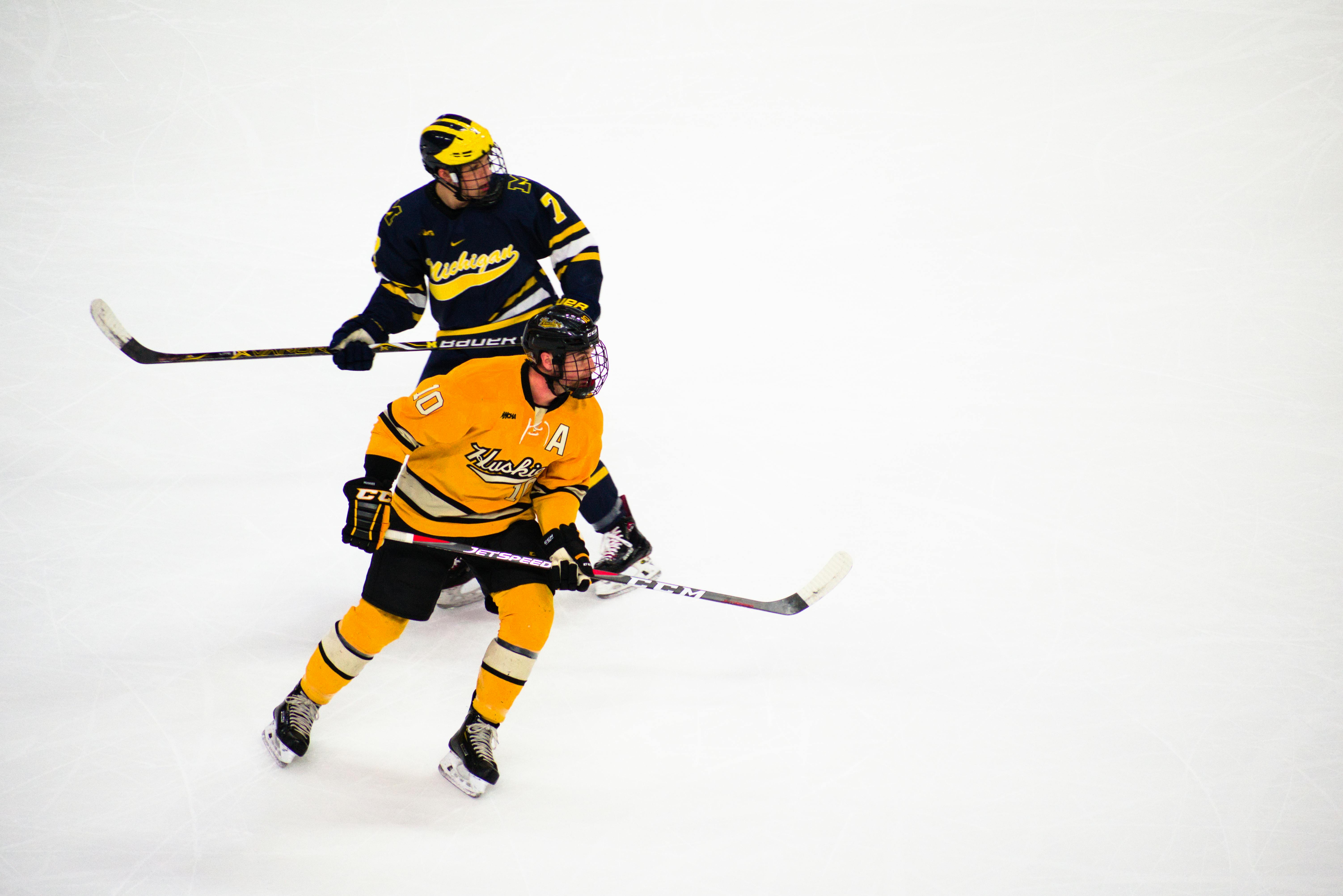Breaking Down the Biomechanics of the Perfect Golf Swing
The golf swing—a mesmerizing dance of power, precision, and control. It’s a motion that has fascinated sports scientists and athletes alike for decades. How does the body coil and uncoil to send a tiny sphere hundreds of yards away with laser-like accuracy? Let’s delve into the captivating biomechanics of the perfect golf swing.

Revisiting the Roots: The Emergence of the Modern Golf Swing
The golf swing has evolved significantly since the inception of the sport in the 15th century. Early golfers employed a crude, baseball-like swing, relying heavily on upper body strength. However, as golf became more competitive, players soon realized that strength alone couldn’t deliver consistency.
The modern golf swing emerged in the mid-20th century, emphasizing technique over brute force. Players like Ben Hogan and Jack Nicklaus popularized the idea of a “total body swing”, where power originated from the ground, through the legs and hips, and finally to the arms and club. This new technique transformed golf into a sport of finesse and precision.
The Anatomy of a Golf Swing: A Biomechanical Breakdown
Understanding the perfect golf swing requires a deep dive into human biomechanics. The golf swing is a complex sequence of coordinated movements involving virtually every part of the body. It can be broken down into four phases: the setup, the backswing, the downswing, and the follow-through.
During the setup, the golfer stands parallel to the target line with the ball positioned between the feet. The backswing involves turning the upper body away from the target, storing energy in the muscles. The downswing releases this energy, propelling the club to strike the ball. Finally, the follow-through is the body’s way of decelerating safely after the intense effort of the swing.
The Physics behind the Power: How Golfers Generate Speed
One might wonder how golfers generate the immense speed necessary to drive the ball such great distances. The answer lies in the principle of kinetic sequencing or the “kinetic chain”. This theory suggests that power is transferred from the larger, slower-moving body parts (like the hips and torso) to the smaller, faster ones (like the arms and hands).
During the downswing, the hips initiate the movement, followed by the torso, arms, and finally the club. This creates a “whip-like” effect, generating club head speeds of over 100 mph in professional players.
The Challenges and Rewards: Mastering the Perfect Swing
Mastering the perfect golf swing is no easy feat—it requires hours of practice, mental toughness, and a deep understanding of one’s body. However, the rewards are immense. A well-executed golf swing results in greater consistency, accuracy, and distance. It can also help prevent golf-related injuries, often caused by poor swing mechanics.
The Future of Golf Swing Analysis: Where Science Meets Sport
Sports scientists continue to dissect the golf swing, using advanced technologies like 3D motion capture and force plates to gain even finer insights. This research not only helps professional golfers refine their swing but also contributes to the broader understanding of human movement and athletic performance.
As we look to the future, the intersection of sports science and golf promises to reveal even more about this fascinating motion. Regardless of where this research leads, one thing remains clear—the golf swing, in its power and precision, is a testament to the marvel of human athletic potential.




